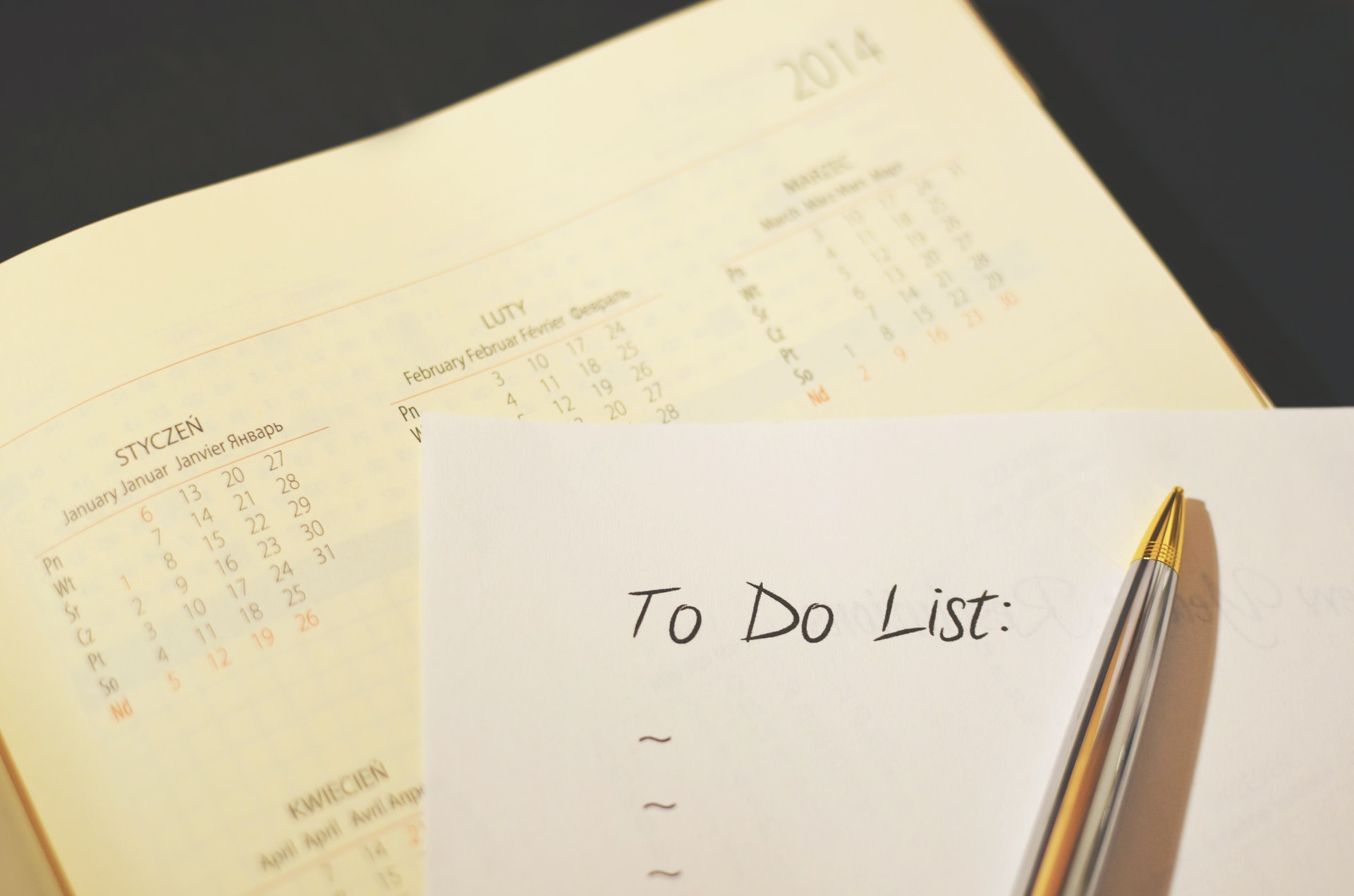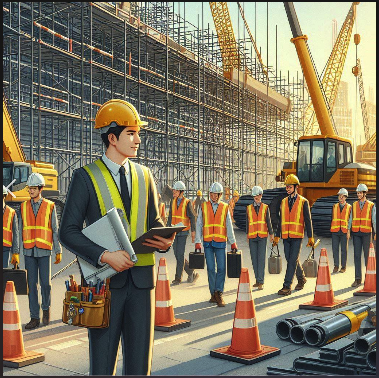The roles and responsibilities of facility managers are so broad that checklists rank very high among their most valuable working tools. As a facility manager, you may coordinate a staff meeting in the morning, present your annual budget to top management at noon, then handle a safety inspection just before the close of work.
So for such a busy professional, it’s not surprising that a facility manager checklist is necessary at some point to help you to keep track of all that’s expected of you especially in a busy and modern workplace. Although these roles may vary slightly from one company to the other, take a look at our checklist of the major duties of a facility manager below:
Leadership
- Coordinating the maintenance team.
- Getting them the tools and resources they need to do their jobs.
- Supervising teams to achieve common goals
Vendor management
- Sourcing and overseeing contracts, vendors, and this-party contractors for cleaning, landscaping, security, and technology.
- Purchase management and supervision
Safety management
- Updating and enforcing safety policies
- Updating/creating an emergency response plan
- Conducting safety audits, generating reports
- Proactively advising top management on safety improvements
- Ensuring compliance with industry and government safety regulations
- Dealing with emergencies that may arise
Budgeting and financials
- Recommending measures to improve the overall cost-effectiveness of the facility.
- Planning for the future via financial forecasting
Building maintenance management
- Direct control of maintenance planning and scheduling
- Implementing proactive maintenance programs
- Checking that the facility is well-maintained through regular inspections and maintenance software
- Maintenance reporting
Space management
- Overseeing bookings and reservations
- Planning renovations, refurbishments, expansions, and building projects
- Coordinating office relocations
- Ensuring that the workplace is conducive and accommodates employees as they work
- Overseeing prompt payment for utilities (energy, gas, heat, etc.)
Security system function and access control
- Work closely with security personnel to mitigate security risks
- Take prompt action to safeguard people and assets in the building from attack and theft
Business continuity planning
- Identify different risk scenarios for the facility
- Identify the impact of each potential threat and hazard then propose possible solutions
- Consider possible evacuation scenario and plan for them
- Make arrangements for emergency kits and first aid
- Include arrangements for people with special needs people with disabilities.
As we mentioned at the beginning, the specific roles of a facility manager will vary slightly. Many times, the industry where you work will determine the major differences to the type of duties required. Whatever the case, this gives you a clearer picture of the important takeaways for an FMs job.
Free Demo
No matter the industry you work in, facilities management continues to take a central role in major areas like budget planning, safety, contract management, maintenance management, and more.
We know that it all sounds almost insurmountable and you’re probably wondering how those “super” facility managers out there can handle all this. Can we let you in on a secret? Automating as many areas of the above roles as possible is vital for successful facility management today. It will help you handle the above tasks, and more almost effortlessly.
Over the years, Axxerion has observed the ups and downs of facility management and carefully built different kinds of maintenance software to address these problems; from CMMS to IWMS and CLM, each one comes with powerful features that can help you stay on top of all your FM needs.
We would like to hear from you. Why not contact us right now and schedule a demo? You can also read through our blog for frequently updated and informative articles.
Free DemoFree Demo






